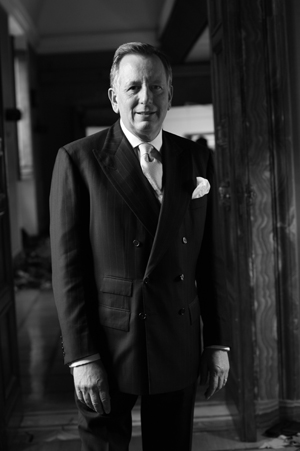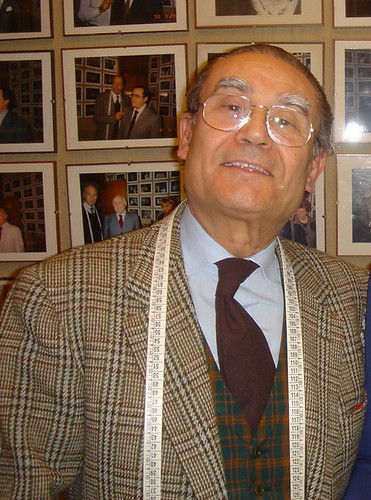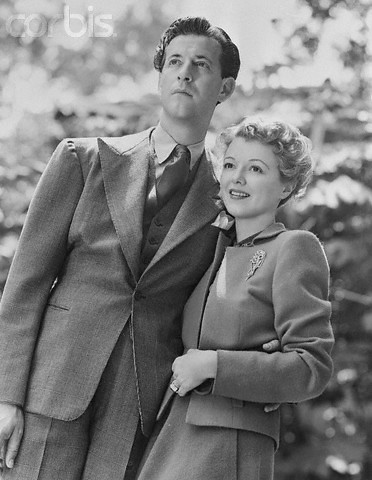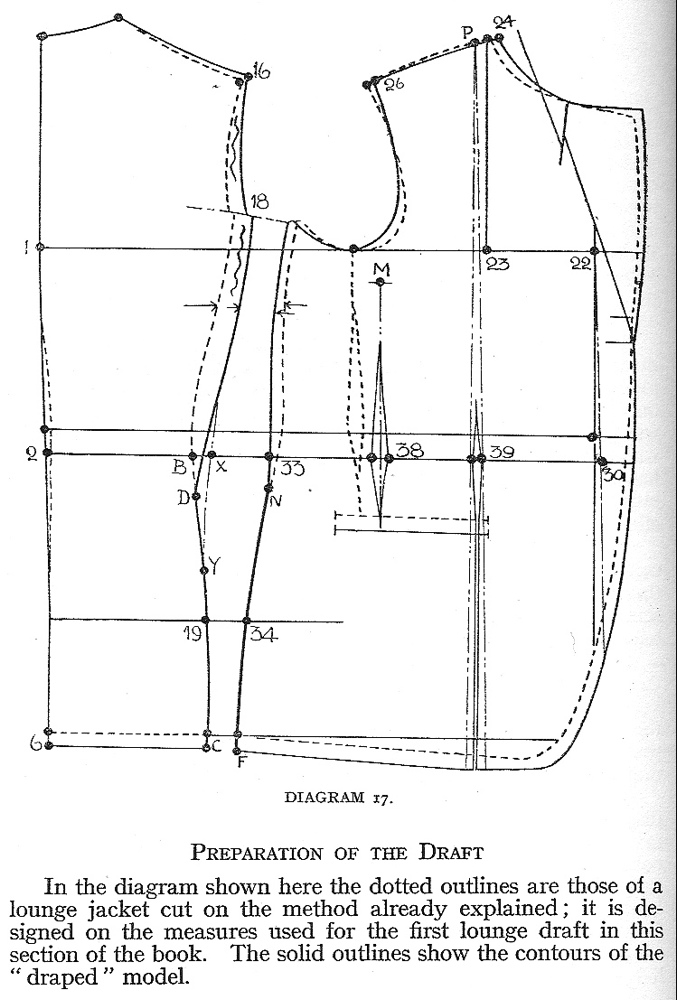OK so here are the finished garments. The navy is Harrisons and the charcoal is J&J Minnis. Aside from the differences in lapel, the Minnis was drafted using Whife, with no side body (which I think contributes to that wobbliness on the front) and the Harrisons was drafted using the Mitchell system. Each system has its strengths and weaknesses, but I definitely vote for separate side body- it's far easier to get a good fit with it. I used my own sleeve system adapted to each draft, which worked out better on the Mitchell system than on Whife.
Thoughts?
Thank you, all, for your comments.
Karen, here is a partial backview of the Harrisons, taken before it was finished. I'll get better shots of both of them soon.
And you are quite right, a donlon wedge at the level of the pocket would have fixed the front or the Minnis, but a separate side body is required for that, which was why I expressed that preference. That's the thing about experiments; sometimes they don't turn out the way you would have wanted them to. That's why I make so many suits for myself- I wouldn't want to experiment on a client's suit and the best way to learn is to try new things out and make mistakes. So it's all good
Superfluidity? You have taught me a new term, Jordan. But what do you mean by it? They are both pickstitched by hand, ever so discretely, to keep the edge crisp and flat. Perhaps you would have liked a swelled edge or a more decorative stitch?
Regarding the drafts, Whife was the editor of the Modern Tailor, Outfitter and Clothier, a massive 3-volume encyclopedia of tailoring last published, I think, in 1951. It's now something of a collector's item.
The Mitchell System was published by Frank C. Doblin in the 1950s as the New Mitchell System, and then in the 70s as the Modern Mitchell system- I believe that they are still available, and a few pages of the New Mitchell System are available oon the Cutter and Tailor forum. I originally learned a system very close to this, and later studied this system, but abandoned them for what I thought were systems which made more sense to me, since the drafts need to be "straightened" after cutting them out- that is to say, the main construction lines are not parallel to the grain lines, which is a pain when grading or trying to cut directly to cloth. I was speaking recently with a tailor who uses and speaks highly of the system so I decided to give it another go. He likes the sleeve draft, so long as you don't change the scye- I am particular about the scye fit and so used my own sleeve system for this draft. It should also be noted that neither of these garments fit like this "out of the box" (from the first draft) several fittings were necessary, as usualy, to get them to a point where I was somewhat satisfied with the fit so anyone using these systems should not feel discouraged if their first attempt at a draft does not fit as well as they expect. It should also reinforce the notion that fitting skills are more important than drafting systems- there is no magical system which is always perfect, and so long as your fitting skills are strong, you will get decent results no matter the system used.
A last note about these systems- they were published as guides for trained cutters and not as a step-by-step manual to teach how to cut patterns; it was assumed that one already had a firm understanding of drafting or was under the guidance of someone who did. If you are just starting out it is very easy to make all sorts of mistakes, and very hard to spot those mistakes; I would advise anyone who is just learning drafting to find someone who is familiar with the systems to give them some guidance for their first few drafts or to be prepared for a bit of frustration at first.













